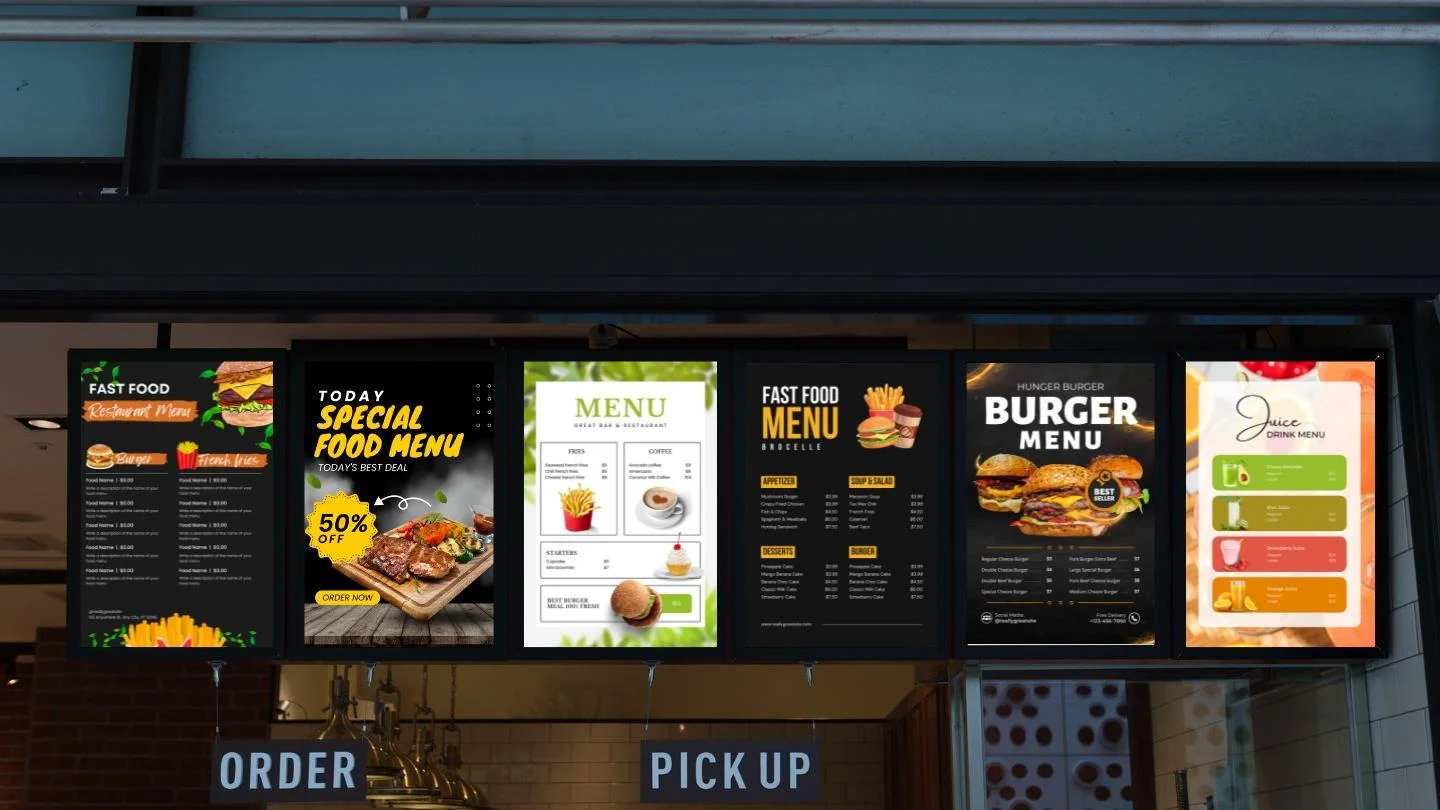In the fast-paced world of modern dining, restaurants are constantly seeking innovative ways to engage customers and streamline their operations. One such innovation that has been gaining momentum in recent years is the digital menu board. These dynamic displays offer a host of benefits for both restaurant owners and patrons alike, from increased flexibility and efficiency to enhanced visual appeal. In this article, we’ll explore the impact of digital menu board templates on the dining experience.
The Rise of Digital Menu Boards
In an era dominated by technology, it’s no surprise that traditional static menu boards are being replaced by their digital counterparts. Digital menu boards offer restaurants the flexibility to update their offerings in real-time, ensuring that customers always have access to the latest information. This flexibility is particularly valuable in fast-casual and quick-service restaurants, where menu items may change frequently.
Moreover, digital menu boards allow for greater creativity and customization. With vibrant graphics, eye-catching animations, and dynamic layouts, restaurants can showcase their offerings in a way that is visually appealing and engaging. This not only helps to attract customers’ attention but also enhances their overall dining experience.
Efficiency and Cost Savings
One of the most significant advantages of digital menu boards is their ability to improve operational efficiency and reduce costs. Traditional printed menus incur recurring expenses for design, printing, and distribution. In contrast, digital menu board template offer a one-time investment with minimal ongoing costs. Updates and changes can be made easily and quickly, without the need for reprinting.
Furthermore, digital menu boards can streamline the ordering process, reducing wait times and improving customer satisfaction. Integrated with point-of-sale systems, these boards can automatically update inventory levels and pricing, ensuring accuracy and consistency across all channels. This automation not only saves time for restaurant staff but also minimizes the risk of errors.
Enhancing the Customer Experience
In today’s competitive dining landscape, providing an exceptional customer experience is paramount. Digital menu boards play a crucial role in this regard, offering a range of features designed to delight and inform customers. From interactive touchscreen displays that allow for personalized ordering to dynamic menu presentations that highlight chef’s specials and promotions, these boards create a more immersive and enjoyable dining environment.
Moreover, digital menu boards can cater to diverse customer preferences and dietary requirements. With the ability to display nutritional information, allergen warnings, and customizable options, restaurants can accommodate the needs of individual patrons more effectively. This level of transparency and customization fosters trust and loyalty among customers, encouraging repeat business and positive word-of-mouth.
The Future of Dining
As technology continues to evolve, so too will the role of digital menu boards in the dining industry. From augmented reality experiences that allow customers to visualize menu items in 3D to AI-powered recommendations based on past orders and preferences, the possibilities are endless. By embracing these innovations, restaurants can stay ahead of the curve and deliver unparalleled dining experiences that keep customers coming back for more.
In conclusion, digital menu board templates are revolutionizing the way restaurants communicate with their customers. By combining flexibility, efficiency, and creativity, these dynamic displays enhance the dining experience for both patrons and owners. As the industry continues to embrace digital innovation, we can expect to see even more exciting developments in the years to come.

